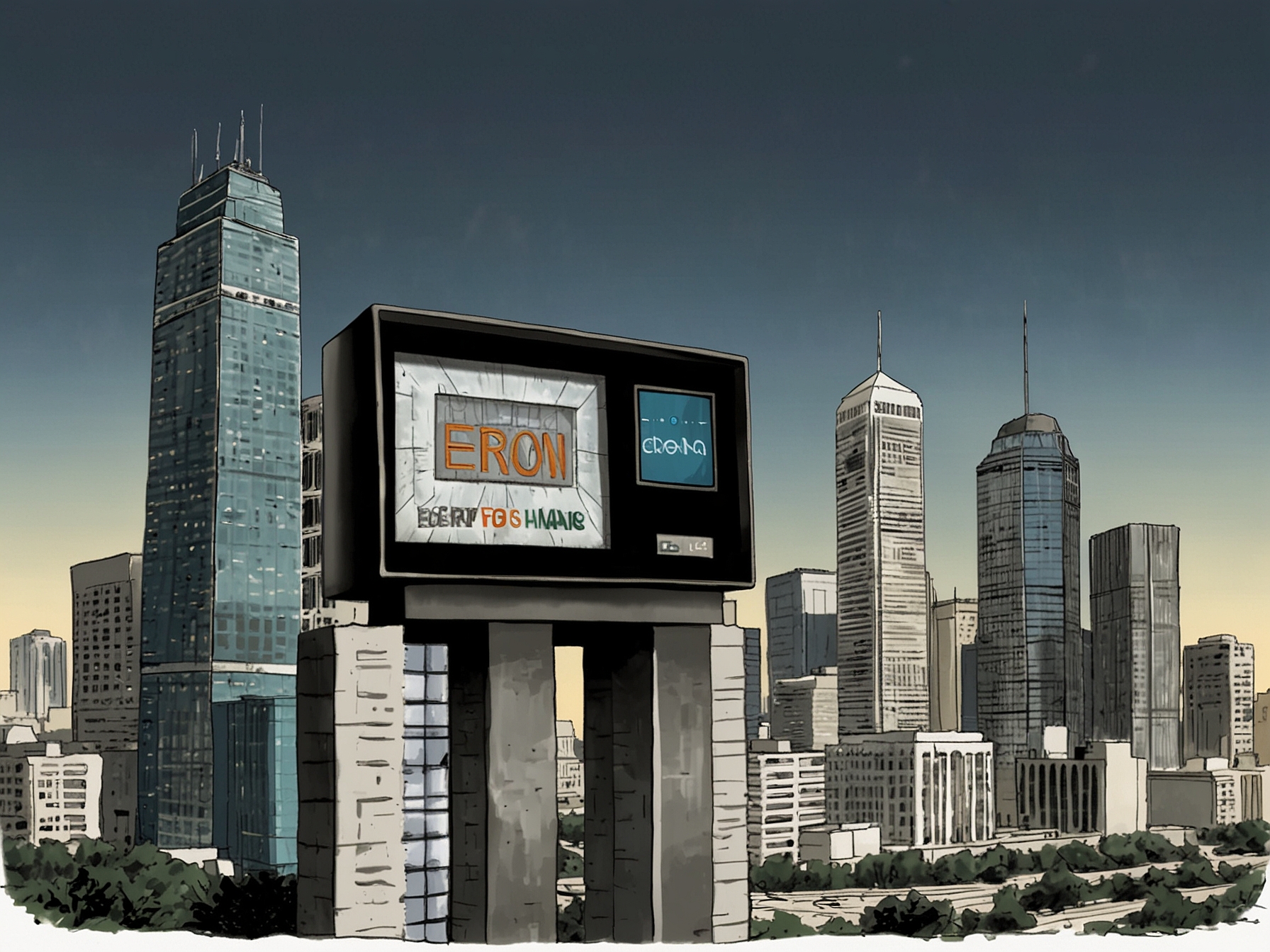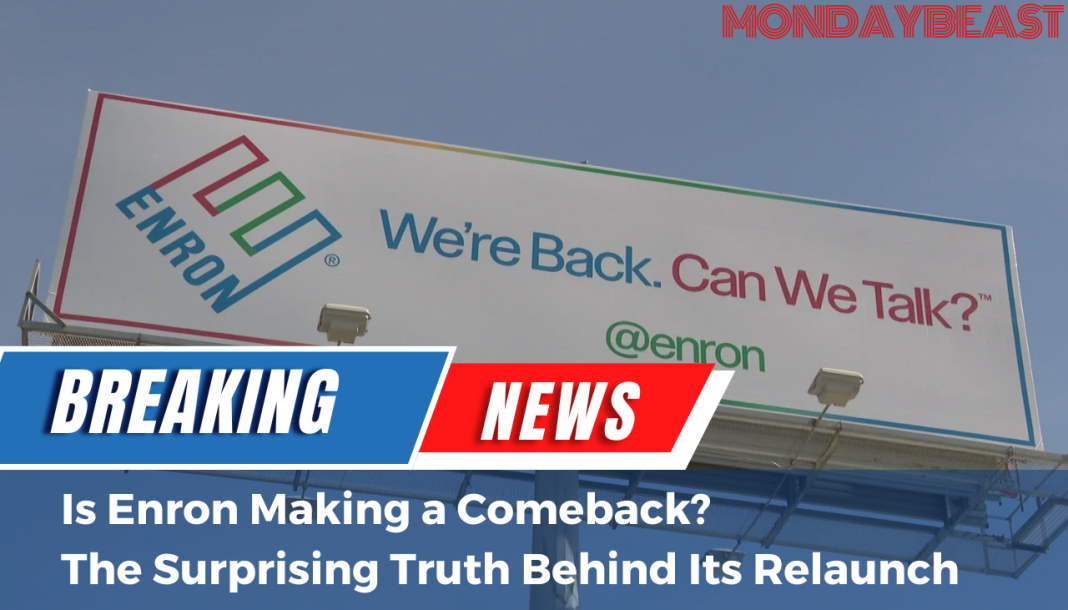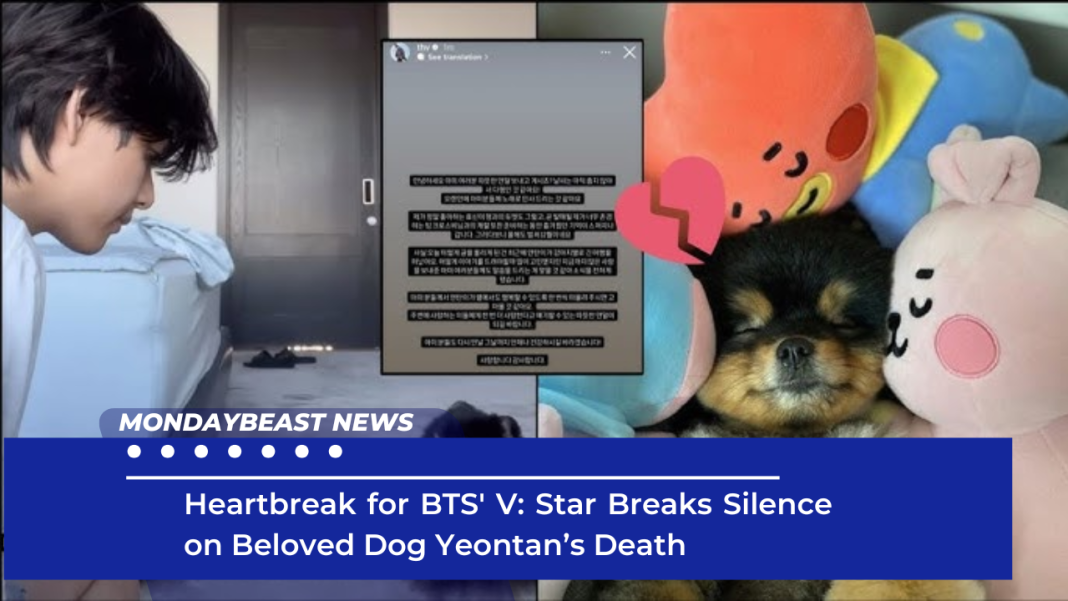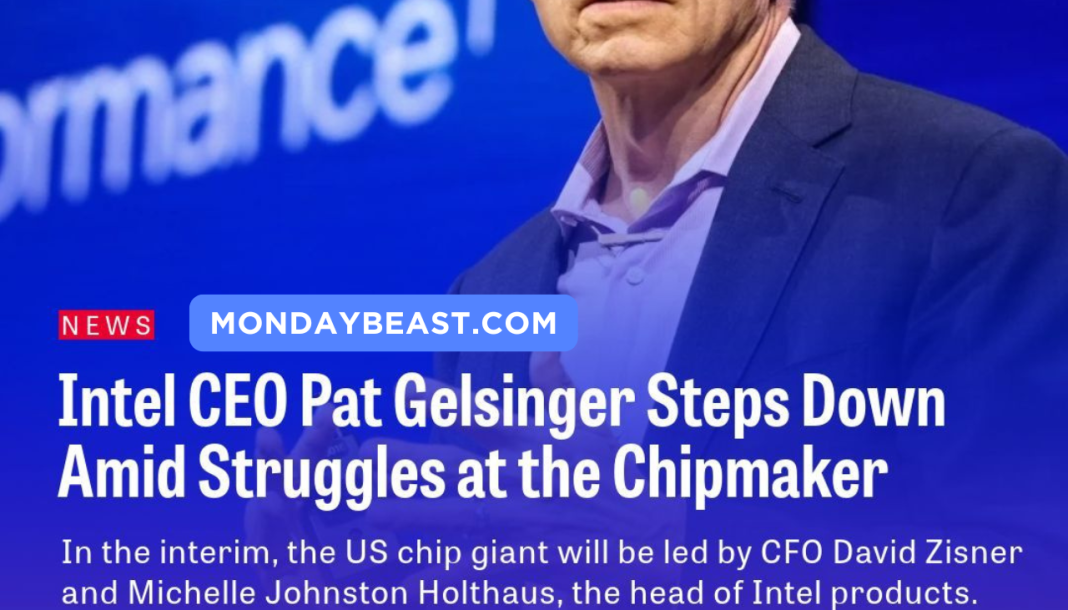The Surprising Announcement About Enron
After 23 years of silence, what does it mean for a company once synonymous with scandal to announce its return? Enron, the corporate giant that imploded into bankruptcy, is making waves again. With a new website and a full-page ad in the Houston Chronicle, the narrative is suddenly different. Could this be a serious revival or just an elaborate joke?
The new website shows a countdown clock and promises an announcement soon. A post on social media bears the familiar logo. It’s a stark reminder of the size and scale of the previous Enron debacle. It raises eyebrows and questions everywhere. Who thought it was a good idea?

It seems odd that this would come after years of being associated with corporate villainy. As someone who remembers the heartache from the early 2000s, I can’t help but feel a sense of shock and bewilderment. What’s next? A sequel? Maybe a full-blown documentary?
The Connection to Sustainable Energy
While the facade of its new image is enticing—a company focused on solving the global energy crisis—this isn’t your normal corporate revival. The slogan, “We’re back. Can we talk?” is both welcoming and chilling. Is it true revitalization or just a parody?
The site promotes sustainable energy and career opportunities, claiming to provide a brighter path for humanity. Each phrase rings bold. But is it genuine? Or is it a marketing ploy designed to catch eyes in a world desperately seeking change?

Perhaps it’s a sign. The new Enron wants to erase the past and replace it with something noble. How many people will fall for this message? I wonder if the irony is lost on younger generations who never lived through the scandal.
A Closer Look at The Returns
Upon scrutiny, the terms on the new Enron site reveal a shocking disclaimer. It openly states it’s a parody and is made for entertainment. So, is this really a comeback at all? It’s as if they’re playing a game with public perception. But how far will the joke go?
Searching deeper, trademark records show ownership belongs to a company linked to a satirical conspiracy theory. This adds layers of confusion. How does a company pivot from an energy scandal to a playful performance art piece?

Even in our modern era, there are still echoes of that past. It’s disheartening for those affected by Enron’s initial collapse, which had devastating impacts on employees and shareholders alike. Those individuals are the real ones holding on to the painful memories.
Public Reactions and Historical Reflections
Public sentiment is mixed. Some call it a clever marketing strategy. Others view it as tasteless. Sherron Watkins, the whistleblower from Enron’s heyday, rightly noted the pain of that moment. She recalls thousands cast out, left with nothing but memories. How can a company like this flaunt its brand after such a disaster?
When we think of Enron, we think of loss, betrayal, and corporate greed. The memory of 5,000 employees suffering is haunting. Are we so quick to forget? As I ponder over Watkins’s words, it becomes clear—this is more than just a company; it’s a
cautionary tale
that refuses to disappear.What’s Next for Enron?
In just a few days, the new Enron will make its official announcement. The entire city of Houston—and perhaps, the nation—watches with both curiosity and skepticism. Will they unveil a new purpose or simply continue the farce? Why is this resurrection significant?
The original Enron symbolizes a larger narrative about corporate responsibility. Its rebirth, however disingenuous, forces us to reckon with the past. We may need to ask ourselves if we give companies second chances after catastrophic failures. Or should we hold them accountable for the lives they’ve disrupted?
In conclusion, the new Enron raises more questions than answers. Is this a veil of legitimacy? Or merely a reminder of everything that went wrong? As we anticipate the reveal, one thing feels certain: we care, and we remember. And, oh, how history has a way of repeating itself.




